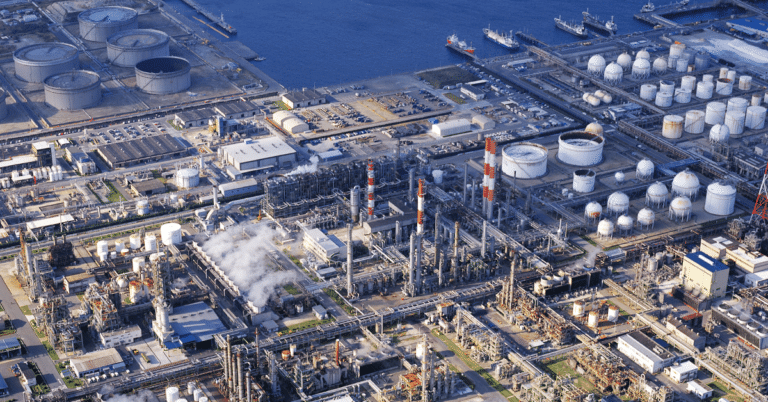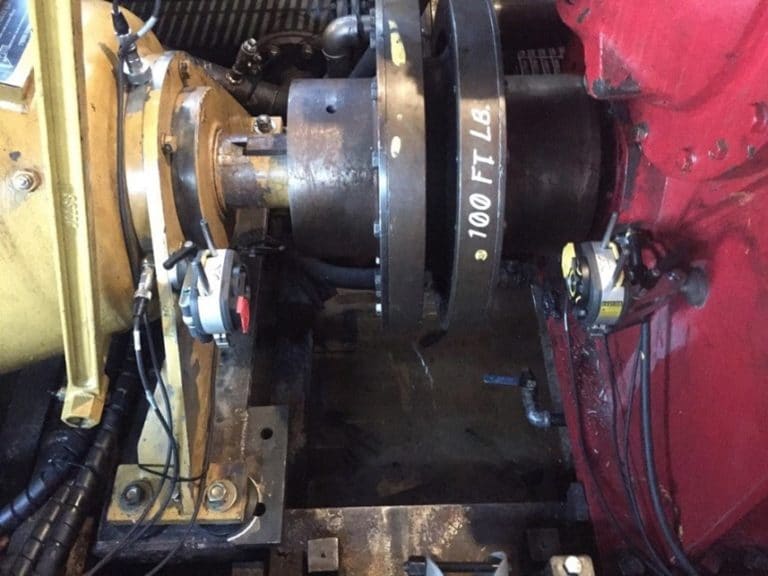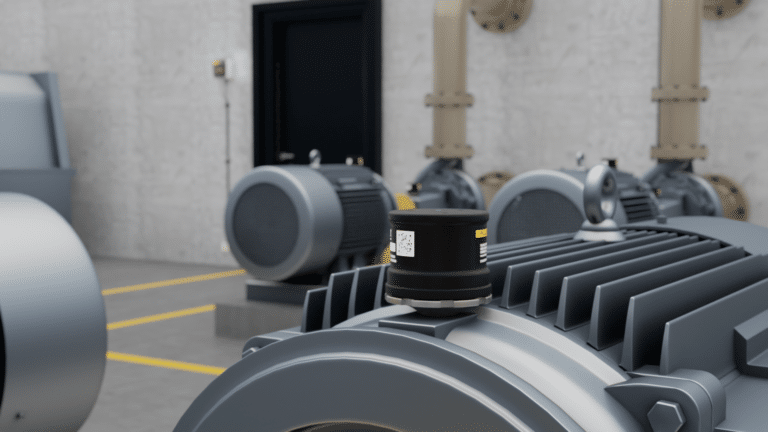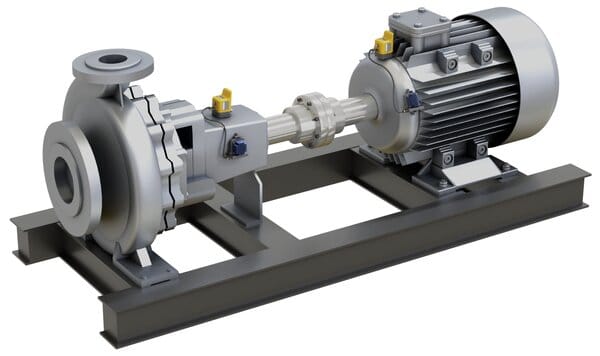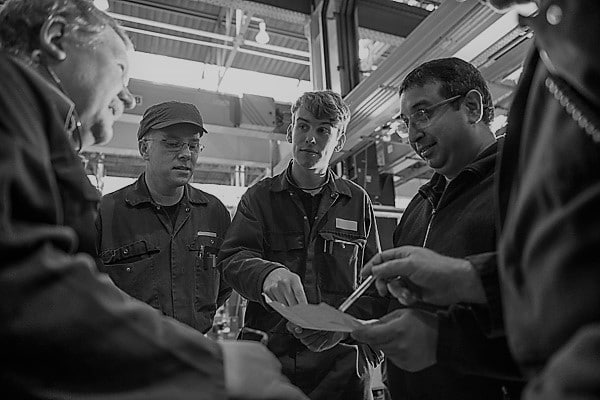Predictive maintenance is a data-driven approach to maintaining your equipment, assets and buildings. When implemented effectively, predictive maintenance can help your maintenance teams stay a few steps ahead of problems, which means greater productivity and a drastic reduction in costly unplanned downtime.
Predictive maintenance isn’t new. The approach has been gaining popularity for the last several decades. Today, advances in artificial intelligence (AI) are already starting to take predictive maintenance to the next level. But eventually, machine learning (ML) will likely bring a new revolution in maintenance.
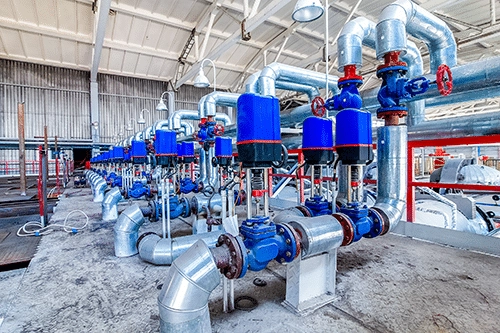
What Is Predictive Maintenance?
Predictive maintenance is a rapidly growing proactive approach to maintenance, which combines condition monitoring and data analysis to predict (and help prevent) failures before they occur.
The approach relies on Industrial Internet of Things (IIoT) devices, such as condition monitoring sensors, to collect data on changes in the levels of vibration, sound, and temperature, all of which are key indicators of asset health and performance. Comparing real-time data against your equipment’s historical data allows maintenance teams to quickly identify early signs of a problem.
The more data you have, the more precisely you can pinpoint defects in your equipment and resolve them before they become bigger problems. With early warning signs, your maintenance teams can go in and make the necessary repairs, like tightening or replacing loose or worn machine components.
How Does Predictive Maintenance Reduce Downtime?
Predictive maintenance can eliminate unexpected breakdowns by proactively resolving small maintenance concerns before they get out of hand. In many cases, predictive maintenance can also save you the trouble of performing manual inspections because the technology is continually monitoring your assets for signs of health, transmitting that data to your maintenance teams in real time, and alerting maintenance staff when their prompt attention is required.
Today, artificial intelligence is already promising to make predictive maintenance more effective, helping teams analyze machine condition data and make recommendations so teams can maximize machine uptime and optimize maintenance schedules. But in the future, machine learning could unlock even more capabilities.
What is Machine Learning for Predictive Maintenance?
Machine learning is a subset of artificial intelligence, which allows computers to imitate certain aspects of human intelligence. Machine learning will probably never replace the human brain, but it is incredibly powerful for automating certain tasks, especially analyzing large volumes of data quickly and accurately. Machine learning algorithms already excel at inductive reasoning, or drawing conclusions based on past performance. It’s not readily available today, but these capabilities could make machine learning a natural fit for predictive maintenance applications.
To put it briefly, machine learning software can “read” mountains of data very rapidly, much faster than a human could. It can then organize that information and identify patterns. Over time and with enough data, machine learning algorithms could potentially make highly accurate predictions based on that data.
What does this mean for predictive maintenance? It means that — someday in the future — once the software has collected enough data about the baseline performance and operating conditions of machines, ML may automatically identify the vibration, sound, and/or temperature patterns that indicate that a part is close to breaking down and predict when equipment needs to be serviced. Machine learning also has the ability to self-correct and continuously improve. From a maintenance perspective, that would mean the algorithm’s predictions actually get better and more accurate over time and as the software continues to collect and analyze data from your machines.
How Machine Learning for Predictive Maintenance Will Eventually Improve Your Machines
Predictive maintenance has two basic components. The first component is condition monitoring, which refers to the process of continuously collecting data on the condition of your equipment. The second component is data analysis, or combing through that data to find indicators of the health and performance of your assets.
Until recently, technicians had to collect machine health data manually, and they were only a snapshot of a point in time. Then, maintenance professionals would have to sift through all of the data and make sense of it. Today, IoT devices can collect and transmit this data automatically, without the need for manual, error-prone data collection methods. From there, machine learning software can analyze the data and use it to make accurate predictions based on real-time conditions.
Machine learning is a great fit for IoT-powered data collection. IoT technology means that data can be collected in greater quantities than ever before. It also eliminates the human error that used to get in the way of storing that data. But all of that data can be overwhelming. In fact, many modern businesses have more data than they know how to use.
ML-powered software solves that problem. ML algorithms can intake enormous amounts of data and make sense of it quickly. They use that data to come up with prescriptive analytics, or data-driven insights you need to successfully predict problems.
Getting Ready for the Machine Learning Future for Predictive Maintenance
Machine learning relies on data to be successful. If you’re interested in using ML some day, your first step should be to start collecting data by installing sensors to monitor changes in your equipment’s vibration levels, temperature levels, power consumption, and audio outputs.
Machine learning is a complex technology, and implementing it correctly will likely take expertise for some time still. It’s important to work with a trusted partner who has experience using ML technology alongside of predictive maintenance. Ultimately, predictive maintenance and ML could take the guesswork out of maintenance, so that teams will enjoy more uptime and greater productivity throughout operations.

